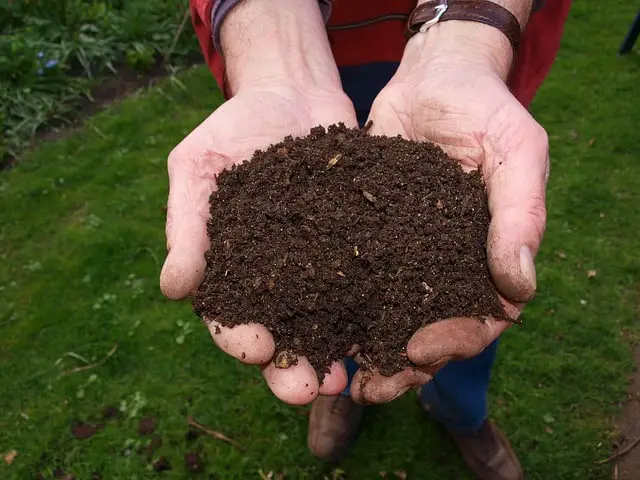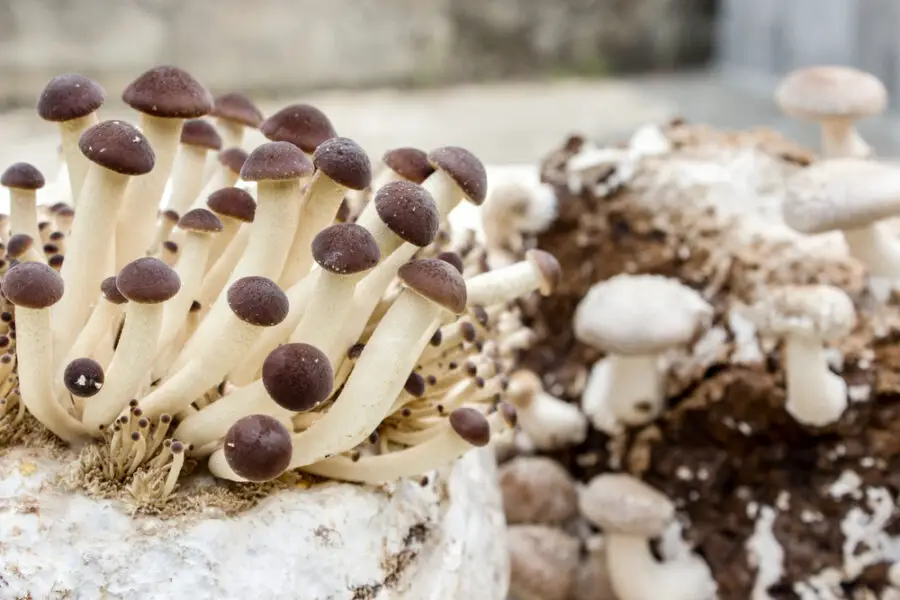How Much Does Lion’s Mane Sell For?
Lion’s Mane mushroom is sold for around $10 – $20 per pound because they are commonly found in nature. They are easily missed due to their shaggy appearance that is, unlike most other mushroom species.
The demand for Lions Mane is increasing day by day. Besides being used in medicine, Lion’s Mane is also a delicious food source that you can have with your meals.
You can consume this mushroom dry or you can pulverize it. Both methods are pretty useful and practical depending on your needs.
You will notice the benefit of Lion’s Mane to your psychology, this mushroom is a natural drug that heals the mind and delivers calmness to the user.
What is Lion’s Mane Good For?
Lion’s Mane mushrooms are known for their interesting appearance. They look like they came out of a space film with their shaggy mane and almost translucent white fur.
This interesting appearance makes them very special. Unlike the other mushroom types, this mushroom has unique features such as mind healing, and depression and anxiety relief.
They also have anti-inflammatory features which repair the body and rejuvenate the cells.
Unlike other mushrooms, if you eat Lion’s Mane mushroom over long periods, you will experience better digestion as the active compounds balance gut bacteria like a probiotic.
This mushroom is safe and reliable for most people. However, if you have a mushroom allergy, or you are pregnant or lactating, it isn’t recommended.
Lion’s Mane mushroom has been used as alternative medicine in Asia for centuries. This mushroom is a natural remedy used in many traditional healing methods.
It’s still being used in many fields in medicine. Especially within the Asian community, people claim that it helps to overcome depression and anxiety.
As a result, Lion’s Mane is beneficial for human health and a unique mushroom species which abundant in nature.
How Much Do Lion’s Mane Foragers Make?
Lion’s mane forgers do not make as much money as Lions Mane Farmers. Selling for only $10 per pound, it varies depending on how much Lion’s mane you can find.
Another method is to ‘forest farm’ whereby you allocate a patch of non-timer forest and release Lions Mane spores that will grow naturally within the forest canopy. For this method to be effective, you must select a spot that is ideal for Lions Man mushroom growth.
This method can yield up to 12,000 pounds per year, giving you an annual revenue of $120,000.
In this way, you can make a lot of money without wasting too much time. Harvest conditions and methods, transportation, finding buyers, pricing are the issues to be considered that will eat into profits.
If you just started to do this business, you should determine your own methods and strategies.
How Do I Sell Lions Mane?
The most important thing in mushroom selling is the freshness and quality of the mushroom you sell. Dried mushrooms are an option but fresh mushrooms weigh more and are more profitable.
Therefore selling to a wholesaler rather than directly to customers is perhaps the best way to sell Lions Mane at its freshest.
Mushrooms are known for their short lifespan and when you collect your mushrooms and bring them to your depo, you must have a seller available and instant transportation in place.
Before you begin the harvest, you need to find the right customer and calculate the holding period, plus costs.
Ensure that your mushrooms don’t have to wait for days before they can be transported. The other issue which needs to be considered is budget planning and pricing.
Before you sell your mushrooms, you need to set your budget plan and have to be prepared for possible problems that may cost money to resolve.
By doing this, whatever happens, you should have a backup plan and find a way to sell your Lions Mane quickly.
Is Lion’s Mane mushroom Worth it?
Lion’s Mane mushroom is definitely worth it where you wish to sell it or use it. Due to the great interest in this mushroom, you can make a good profit by selling these mushrooms wholesale.
For centuries people have been using these mushrooms for healing. The other known feature of this mushroom is its great taste.
When these two features come together, these mushrooms become highly sought after and valued, making them a great product with a lot of potential. Most people in Asia have been using Lion’s Mane mushroom to cure diseases for centuries.
Especially if you go to the old towns in Asia, you can easily see the old women who use this mushroom to cure people in traditional ways.
Is Lion’s Mane Hard to Find?
Lion’s Mane has a unique appearance, which helps you to find them easily. If you are a professional mushroom hunter who knows what you are doing, you can easily find these mushrooms quickly.
If you are a beginner in mushroom hunting, you don’t need to worry too much because this mushroom is easy to spot even from a distance of 10 meters.
Lion’s Mane mushrooms, with their unique appearance, are really easy to find in nature if you go to the right place for collecting.
Unlike some mushroom types, they don’t have a good ability to camouflage in nature. That’s why after a little bit of experience you can find them easily.
Can Lion’s Mane Make You Rich?
The answer to this question depends on what you mean by rich. You can make good money by collecting these mushrooms in nature, but farming is far more profitable.
Everyone’s standard of living and expectations are different. What is rich to one person is not to another. Lions Mane can make you comfortable and if you extend out and develop several growing sites.
In general, if you work well, have an organized establishment, and collaborate well with transportation companies and wholesalers, you can make good money with this job.
If you want to be rich, you should definitely sell your product to a wholesaler so you can make a good profit in one sale. After a couple of sales, you can double your money and grow your investment.


